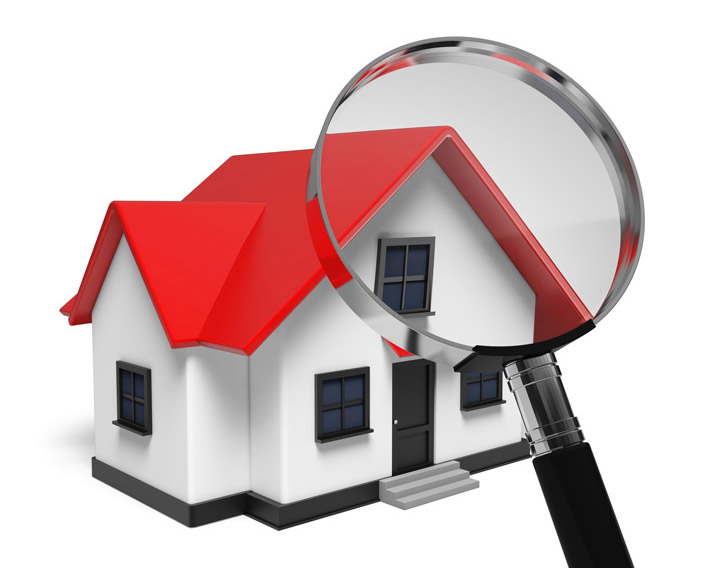
A Description of the Appraisal ProcessA home purchase can be the most important investment most people might ever encounter. Whether it's where you raise your family, a second vacation property or one of many rentals, the purchase of real property is a complex transaction that requires multiple parties to make it all happen. You're likely to be familiar with the parties taking part in the transaction. The real estate agent is the most recognizable face in the exchange. Next, the bank provides the financial capital needed to finance the transaction. And ensuring all areas of the transaction are completed and that a clear title passes to the buyer from the seller is the title company. So, who's responsible for making sure the property is worth the amount being paid? In comes the appraiser. We provide an unbiased opinion of what a buyer could expect to pay — or a seller receive — for a parcel of real estate, where both buyer and seller are informed parties. A licensed, certified, professional appraiser from Stamper's Appraisals will ensure, you as an interested party, are informed. The inspection is where an appraisal beginsTo determine an accurate status of the property, it's our responsibility to first perform a thorough inspection. We must physically view features, such as the number of bedrooms and bathrooms, the location, amenities, etc., to ensure they really are present and are in the shape a typical person would expect them to be. The inspection often includes a sketch of the house, ensuring the square footage is proper and illustrating the layout of the property. Most importantly, the appraiser identifies any obvious amenities - or defects - that would have an impact on the value of the house. Once the site has been inspected, an appraiser uses two or three approaches to determining the value of the property: sales comparison and, in the case of a rental property, an income approach. 
Replacement CostHere, the appraiser pulls information on local construction costs, labor rates and other elements to determine how much it would cost to replace the property being appraised. This estimate commonly sets the upper limit on what a property would sell for. It's also the least used method. 
Sales ComparisonAppraisers can tell you a lot about the subdivisions in which they appraise. They innately understand the value of particular features to the people of that area. Then, the appraiser looks up recent sales in the neighborhood and finds properties which are 'comparable' to the home at hand. By assigning a dollar value to certain items such as square footage, additional bathrooms, hardwood floors, fireplaces or view lots (just to name a few), we adjust the comparable properties so that they more accurately match the features of subject.
After all differences have been accounted for, the appraiser reconciles the adjusted sales prices of all the comps and then derives an opinion of what the subject could sell for. When it comes to valuing features of homes in Highland and San Bernardino, Stamper's Appraisals is your local authority. The sales comparison approach to value is typically given the most consideration when an appraisal is for a real estate purchase. Valuation Using the Income ApproachA third way of valuing a house is sometimes used when a neighborhood has a reasonable number of renter occupied properties. In this case, the amount of income the property yields is taken into consideration along with income produced by comparable properties to derive the current value. Putting It All TogetherCombining information from all approaches, the appraiser is then ready to put down an estimated market value for the subject property. It is important to note that while this amount is probably the best indication of what a house is worth, it probably will not be the final sales price. It's not uncommon for prices to be driven up or down by extenuating circumstances like the motivation or urgency of a seller or 'bidding wars'. But the appraised value is often used as a guideline for lenders who don't want to loan a buyer more money than the property is actually worth. The bottom line is, an appraiser from Stamper's Appraisals will guarantee you get the most fair and balanced property value, so you can make the most informed real estate decisions. |